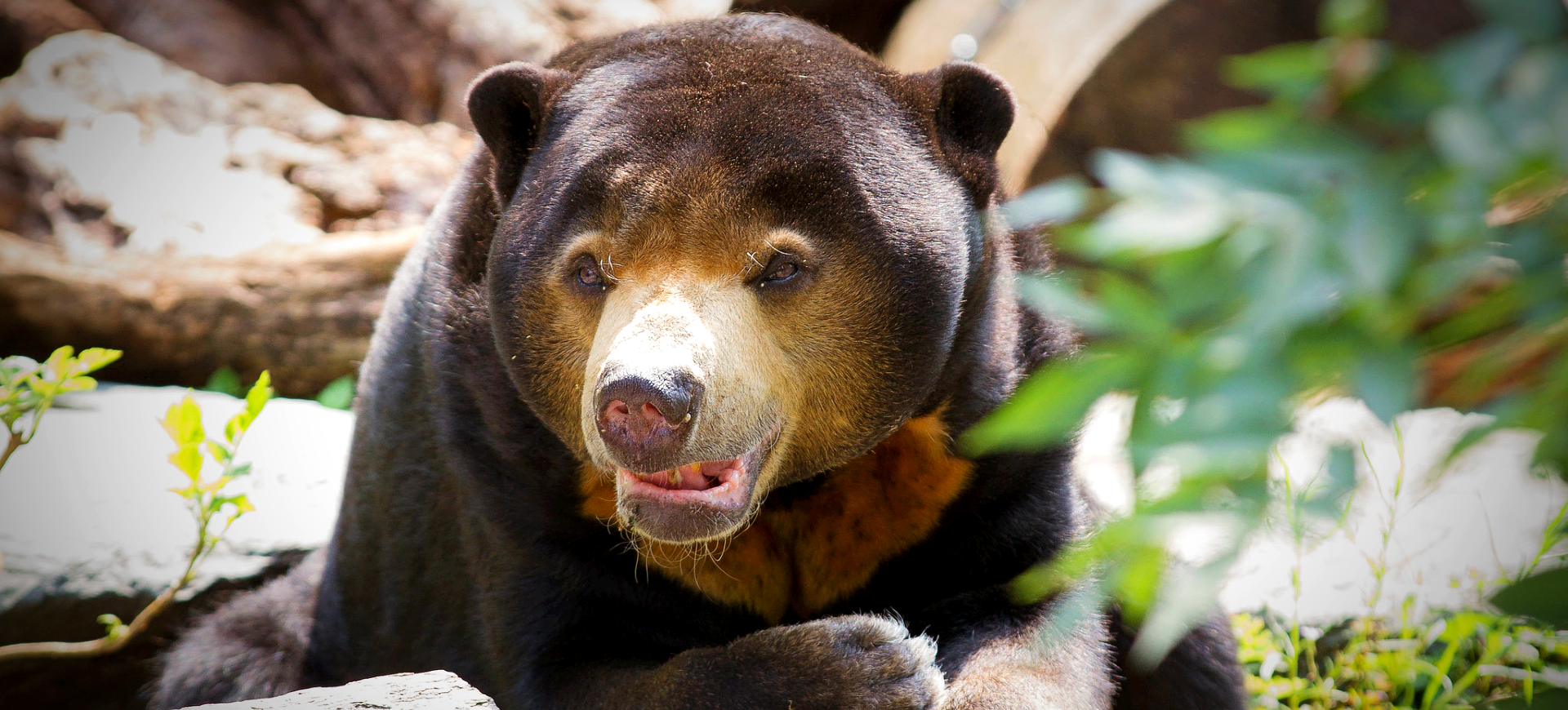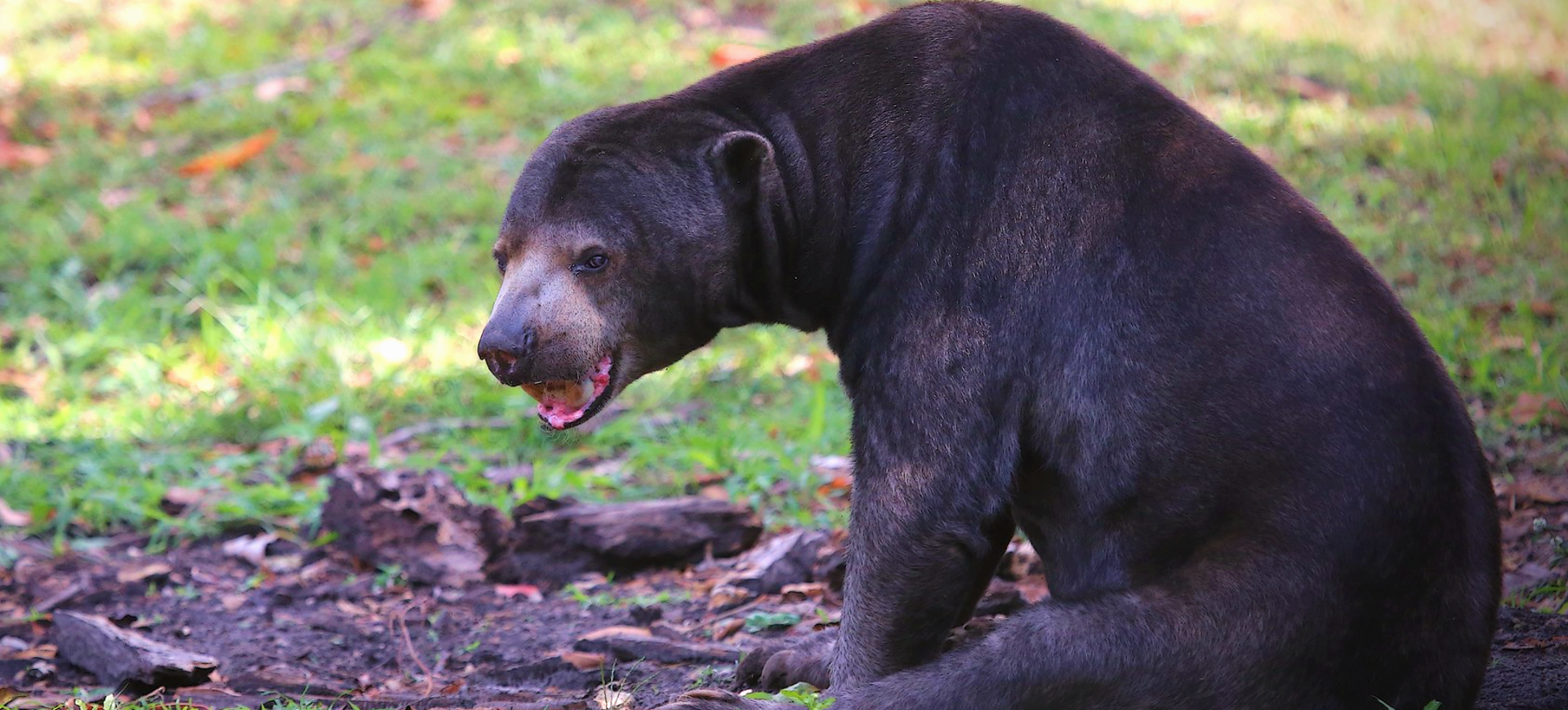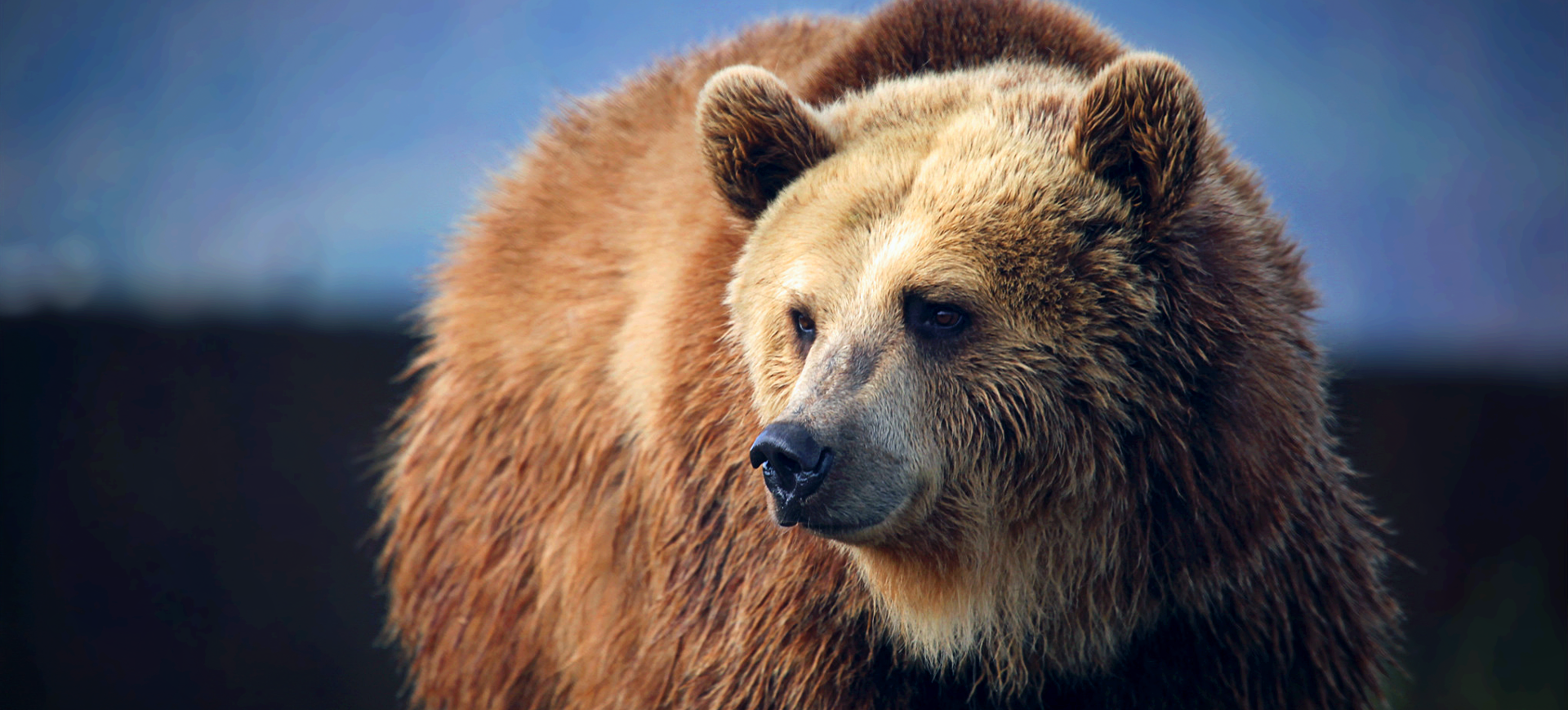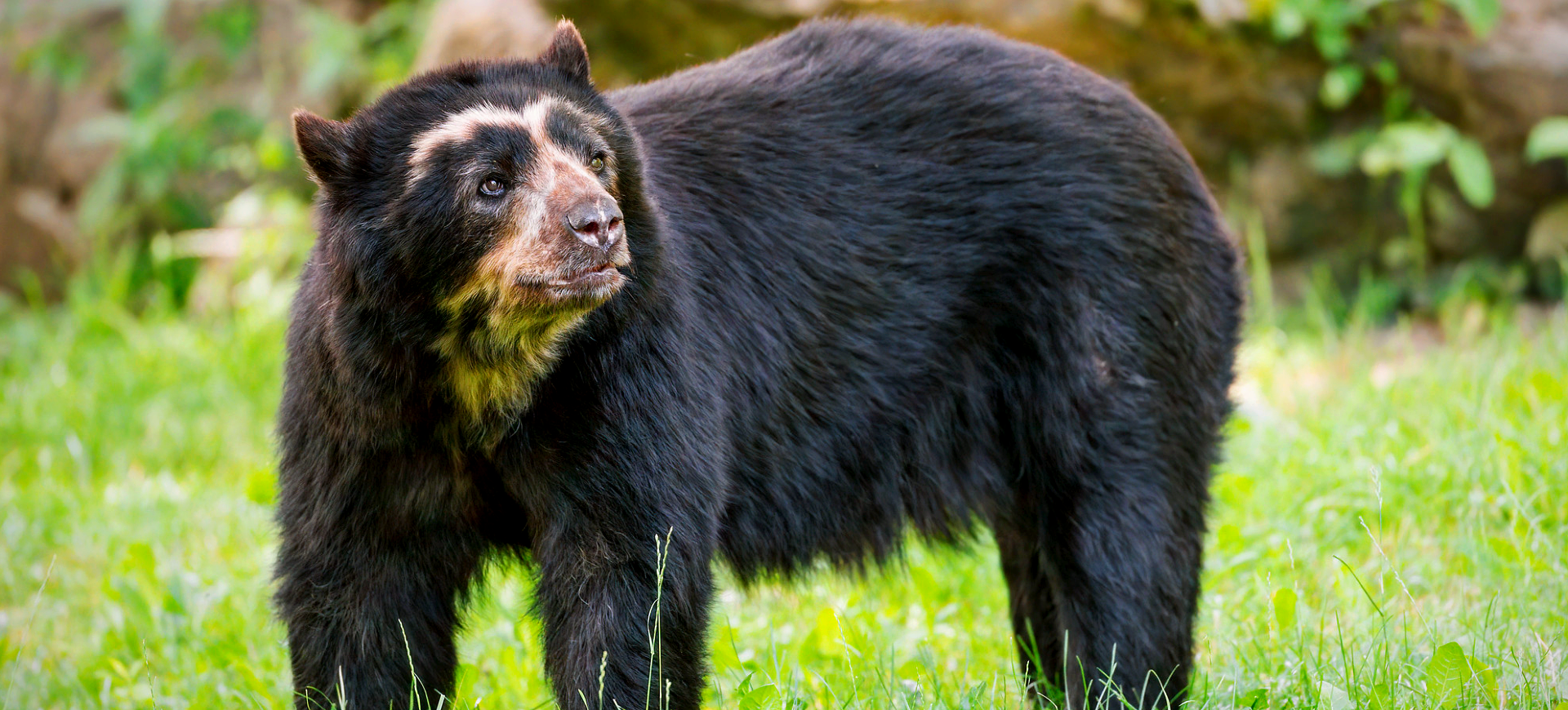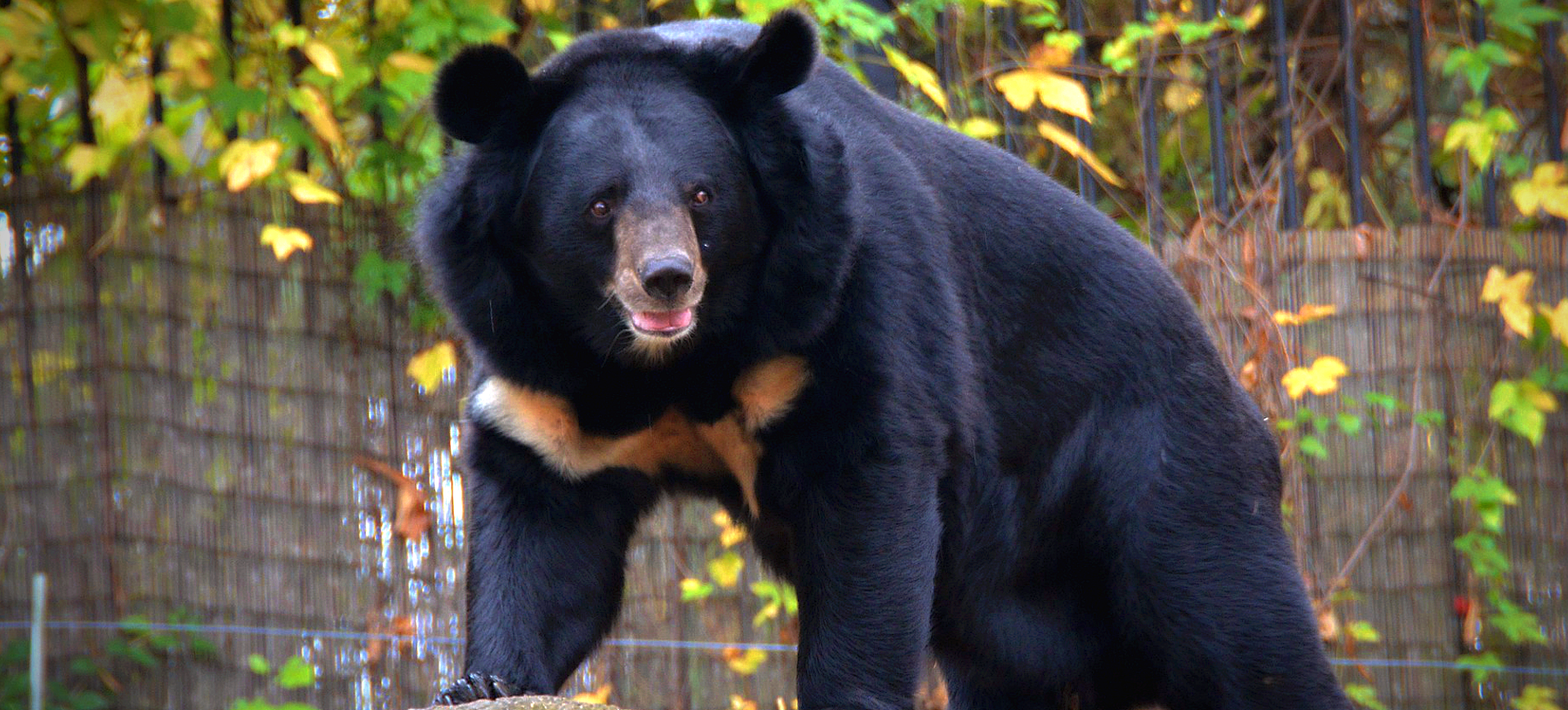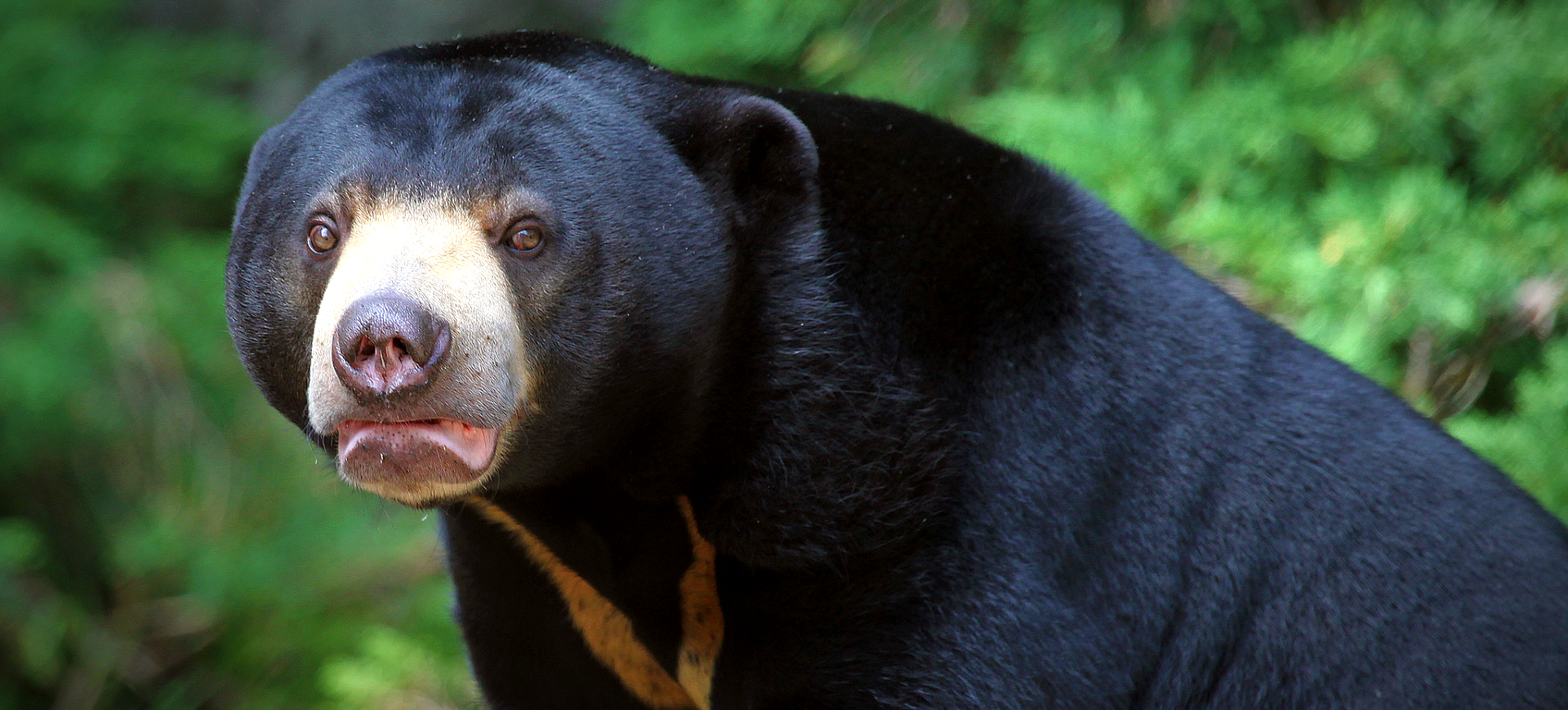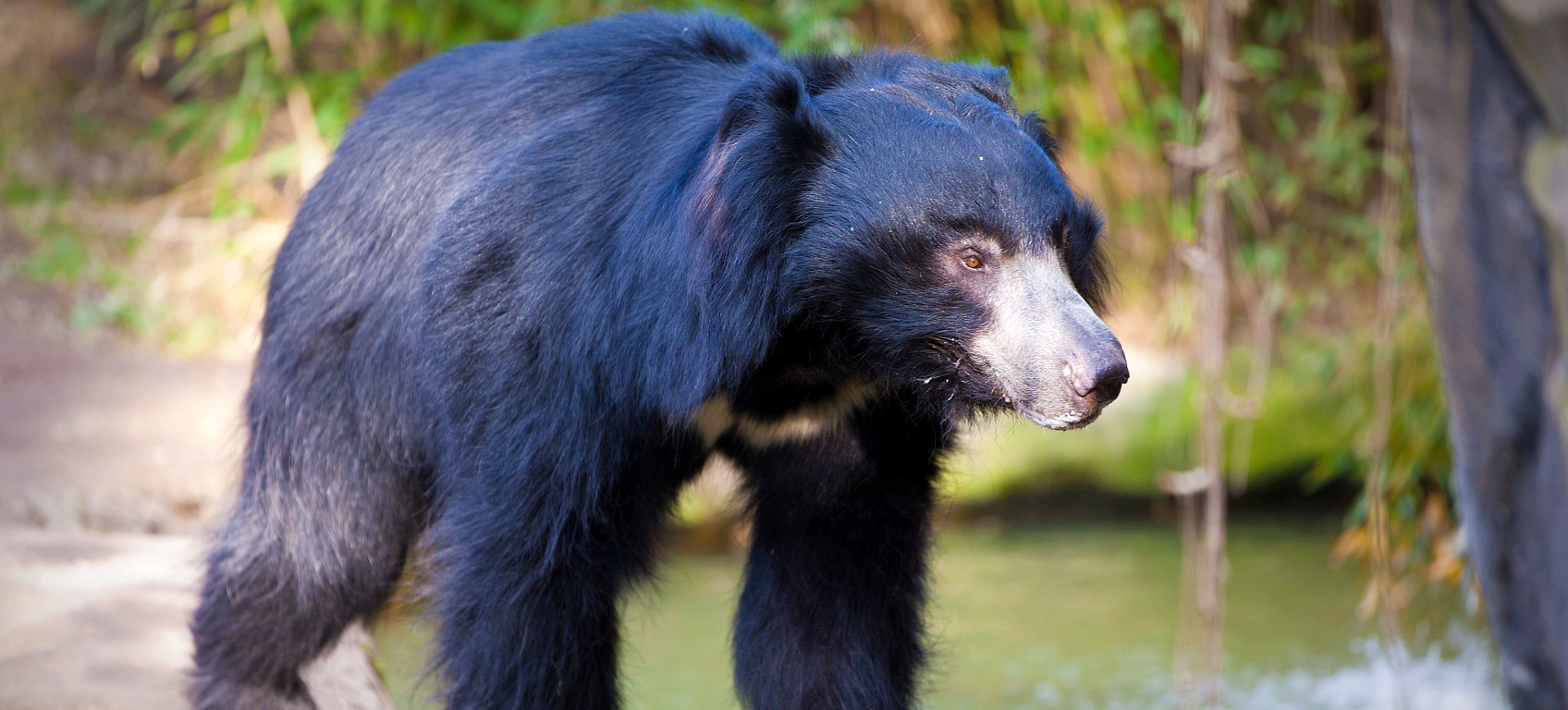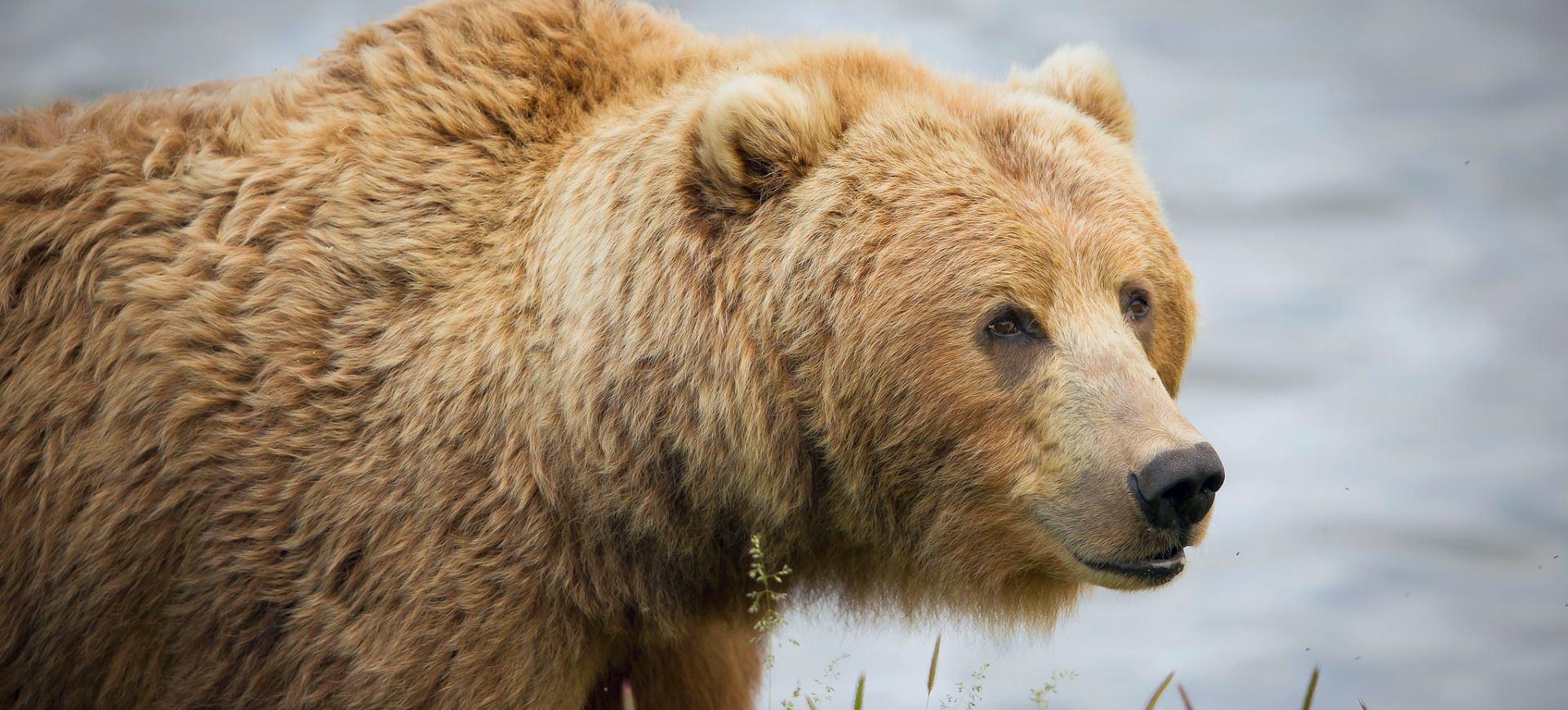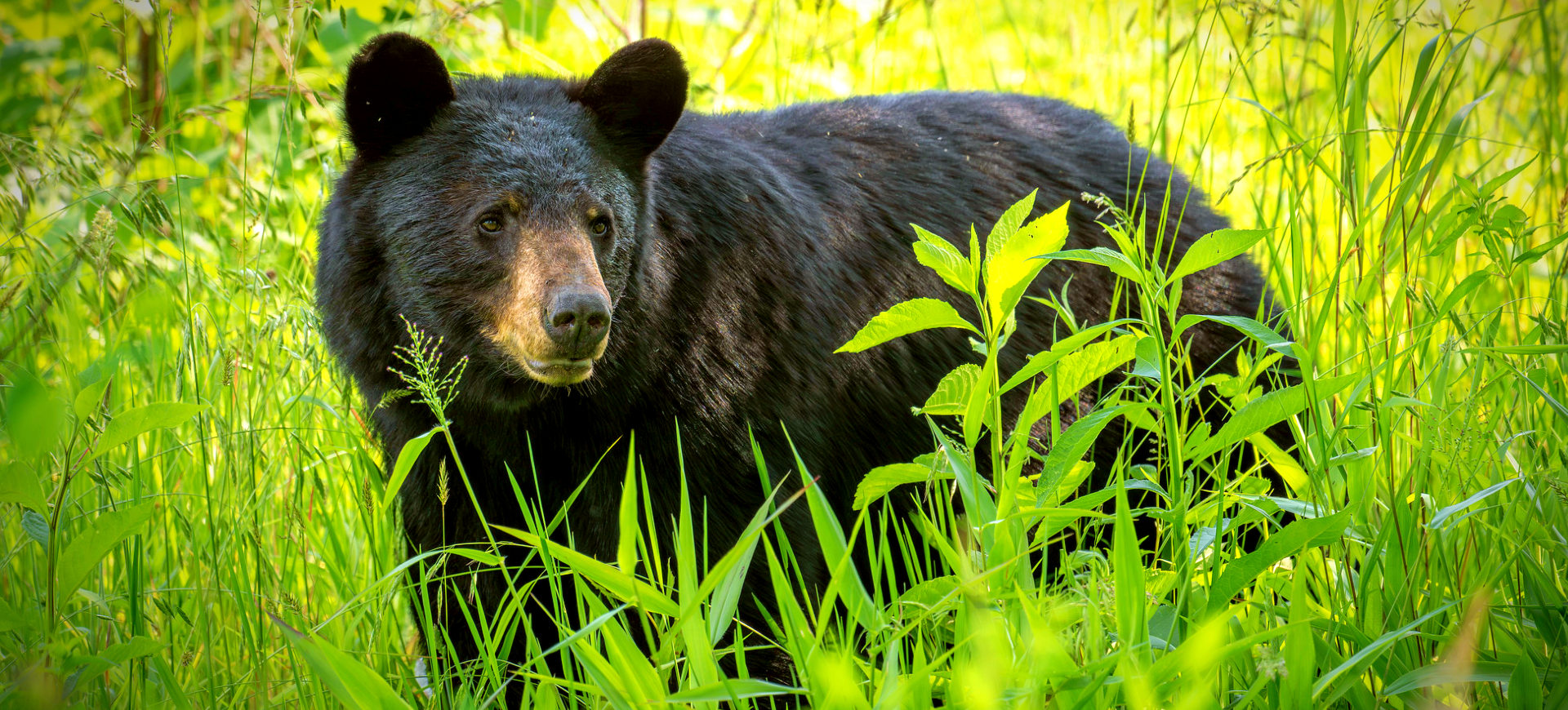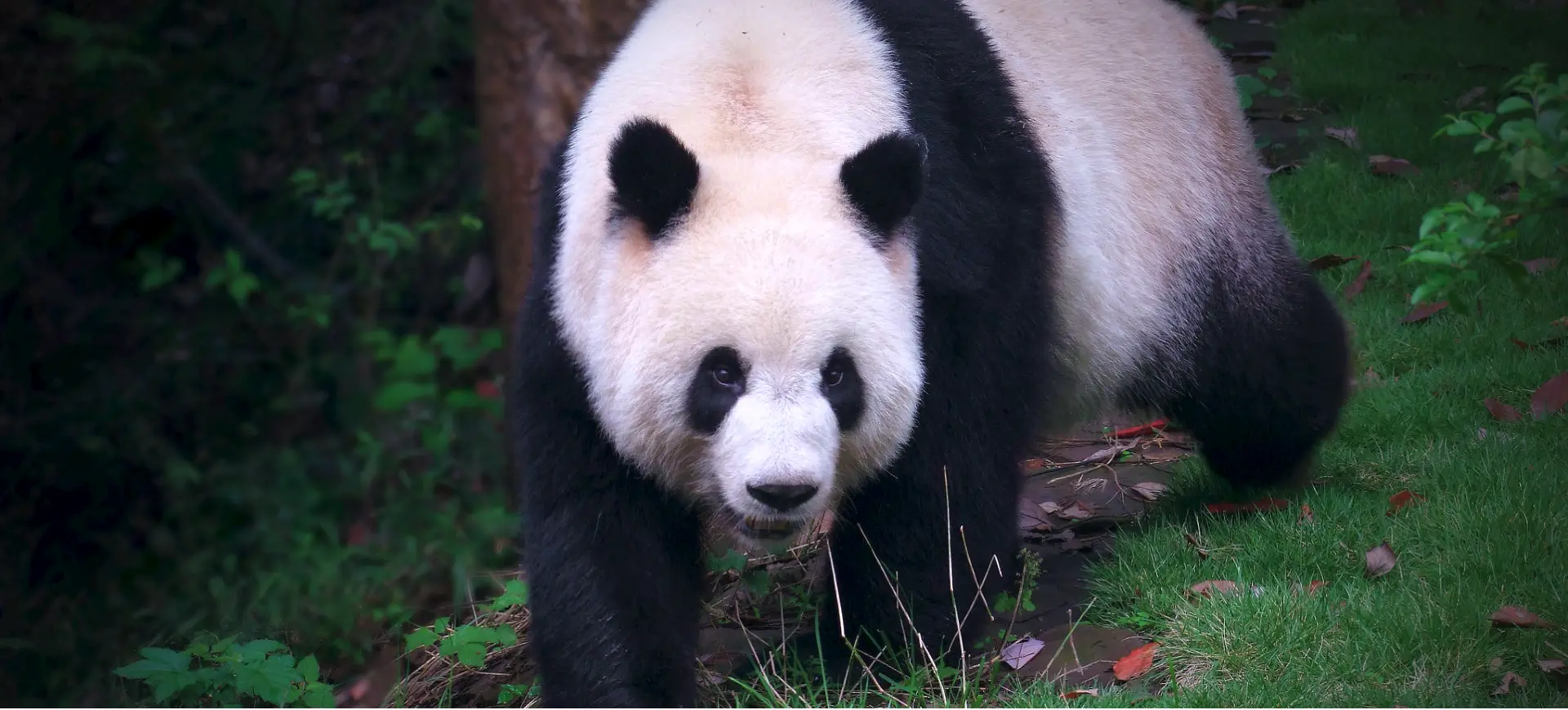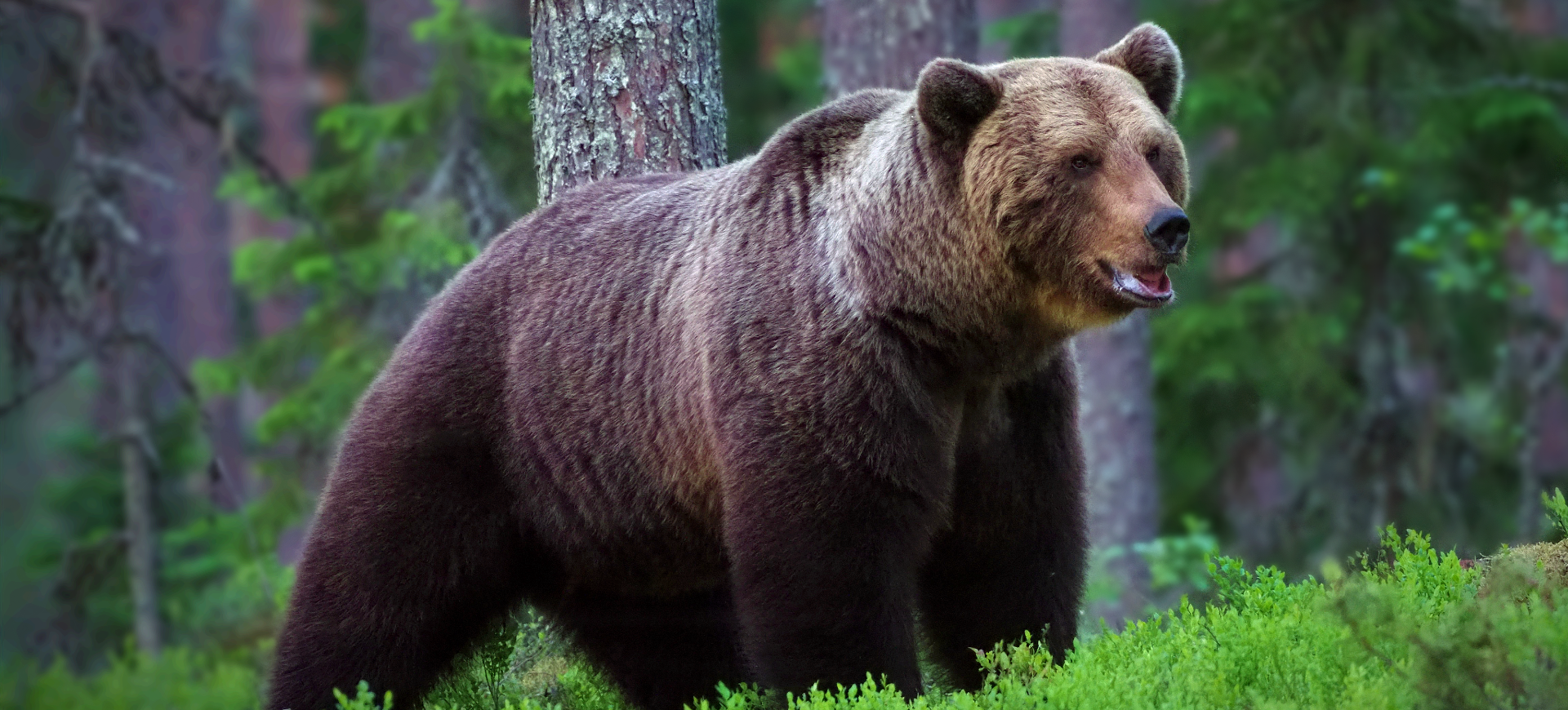Overview
Polar bears are distinctive, large carnivorous mammals known for their robust build and iconic presence in the icy wilderness of the Arctic Circle. Being a member of the Ursidae family, they are classified as marine mammals due to their dependency on the oceanic ecosystem, especially the sea ice and marine prey. They are highly adapted to their frigid environment with various physiological, morphological, and behavioral attributes designed for survival in the harsh Arctic climate.
Physically, polar bears are the largest bear species and among the most massive carnivores on land. They are famous for their thick, lustrous, white fur, which acts as excellent insulation against freezing temperatures, under which they have black skin that helps to absorb and retain heat from the sun. Behavioral adaptations include nomadic tendencies, proficient swimming ability, and reliance on sea ice for hunting seals, which forms a crucial part of their diet.
However, due to global warming and the consequent loss of sea ice, polar bears face a growing struggle for survival. With their population decreasing, their status as a vulnerable species underscores the broader narrative of climate change and its impact on various ecosystems. A sustained effort towards their conservation has a two-fold benefit; the survival of a unique species and the preservation of the delicate Arctic ecosystem.
Taxonomy
Kingdom
Phylum
Class
Order
Family
Genus
Species
Sub Species
Type
Physical Description:
Polar bears are characterized by their massive size, with males noticeably larger than females. They have a distinctive elongated body shape adapted for their marine lifestyle, in contrast to their brown bear relatives’ more compact body structure. Their heads are round, with small ears and a pronounced rostrum (nose) and black eyes.
Their fur, which appears white or cream-colored, provides perfect camouflage in the snowy Arctic landscape. Beneath this fur, their skin is black, helping to absorb sunlight and maintain warmth. The body is further insulated by a thick layer of fat, which can be as thick as 11 cm (4.3 in). Polar bears have large, powerful forelimbs for swimming and solid hind limbs for walking and running. Their feet are large and paddle-like, covered with fur for warmth and traction on ice.

Lifespan: Wild: ~20 years || Captivity: ~30 years

Weight: Male: 900-1600 lbs (410-720 kg) || Female: 330-550 lbs (150-250 kg)

Length: Male: 7.25-8.25 ft (2.2-2.5 m) || Female: 5.75-6.5 ft (1.75-2 m)

Height: Male: 3.5-5 ft (1.0-1.5 m) || Female: 3-4 ft (0.9-1.2 m)

Top Speed: 25 mph (40 km/h)
Characteristic:
Native Habitat:
Polar bears inhabit the icy cold region surrounding the North Pole, which includes parts of Canada, Russia, Greenland, the United States (Alaska), and Norway. They prefer areas where the sea ice is abundant, especially the edges of pack ice where currents and wind interact to create openings known as leads. These leads often attract seals, their primary prey.
The terrain of the polar bear habitat is an icy, snowy expanse with little vegetation. The bears are built to survive this harsh and frigid environment with a thick layer of insulating fat and dense, water-resistant fur that traps a layer of insulating air. Despite the severe climate, polar bears demonstrate exceptional resilience and adaptability.
Climate Zones:
Biomes:
WWF Biomes:
Biogeographical Realms:
Continents:
Countries:
Diet:
Diet & Feeding Habits:
Polar bears are apex predators, and their diet predominantly consists of ringed and bearded seals, which they hunt from platforms of sea ice. They have been observed to occasionally prey on walruses, beluga whales, and even scavenged carcasses of whales. In summer, when the sea ice melts, polar bears are forced onto land and can switch to a terrestrial diet of berries, rodents, bird eggs, and sometimes reindeer, although these are not enough to meet their high-fat requirement.
Their hunting strategy usually involves waiting near a seal’s breathing hole in the ice, ready to strike when a seal emerges. Alternatively, they stalk seals basking on the ice, using their white fur as camouflage. Despite their formidable size and strength, polar bears face many challenges in securing a meal, with many hunts failing.
Mating Behavior:
Mating Description:
Polar bears have a polygynous mating system where males mate with more than one female. The mating season typically occurs from April to June, when polar bears congregate in areas with abundant food sources. Male polar bears locate potential mates by following scent trails left by females in estrus. The male will then compete intensely with other males to mate.
Once a pair is formed, they spend several days together, mating multiple times—afterward, the male leaves in search of other females to mate with. The fertilized egg does not immediately implant and develop but enters a state of delayed implantation, growing only if the female has accumulated sufficient fat reserves by the fall. If she has, the fertilized egg will implant and develop into a fetus, and she will give birth in a snow den during winter, usually to two cubs.
Reproduction Season:
Birth Type:
Pregnancy Duration:
Female Name:
Male Name:
Baby Name:
Social Structure Description:
Polar bears, as majestic as they are, lead largely solitary lives in the vast Arctic wilderness. These creatures typically prefer their own company, with exceptions made only during the breeding season when adults seek each other out for mating. This transient companionship during mating season starkly contrasts their usual solitary existence, navigating the expansive ice and snow.
The bond between a polar bear mother and her cubs is another exceptional aspect of their social structure. After giving birth, a mother bear nurtures her cubs diligently for about two years, a period critical for the young ones. During this time, she imparts crucial survival skills to her offspring, preparing them for the challenges of Arctic life. After this learning period, the cubs set off independently, marking their transition into independent adulthood.
Groups:
Conservation Status:
Population Trend:
Scattered across the vast and frigid landscapes of the circumpolar Arctic, the wild population of polar bears is currently estimated to be about 20,000. These bears are not all part of a single contiguous population but are divided into 19 subpopulations. Each subpopulation varies in size, with the largest concentration of these magnificent creatures found in Canada.
However, accurate population estimation of this iconic species remains challenging due to the sterile and remote Arctic conditions that researchers often face. Despite these difficulties, one worrying trend has been reasonably consistent – polar bears’ overall population seems to be declining. The primary reason behind this trend is climate change, which leads to the rapid loss of vital sea ice habitat, posing a severe threat to the survival of polar bears.
Population Threats:
Polar bears face a dire threat due to climate change, causing rapid loss of their sea ice habitat. The decreasing sea ice coverage affects these apex predators by limiting their access to their primary prey – seals. With fewer hunting opportunities, polar bears face malnutrition, leading to decreased reproductive success. This unfortunate consequence of climate change is the central challenge these majestic Arctic dwellers face in their struggle for survival.
In addition to climate change, pollution poses a significant threat to polar bears. Specifically, the bioaccumulation of heavy metals and persistent organic pollutants can severely affect their immune system and reproductive health, potentially disrupting the species’ long-term viability. Furthermore, human activities such as oil exploration and increased shipping in the Arctic present further hazards. These activities disturb the bears and carry the risk of potential oil spills, further jeopardizing their delicate Arctic environment.
Conservation Efforts:
The battle to conserve polar bears revolves heavily around efforts to mitigate climate change, given that the rapid loss of sea ice habitat is the greatest threat to their survival. The primary tactic in this fight involves adopting international agreements to reduce greenhouse gas emissions. By curbing the release of these harmful gases, it is hoped that the pace of global warming and subsequent ice melt can be significantly slowed, thereby preserving the critical habitat of these iconic Arctic animals.
On another front, measures are being taken to address other significant threats that polar bears face, such as pollution and risks arising from oil exploration. Regulatory efforts aim to control these risks, ensuring minimal bear habitat damage. Polar bears enjoy legal protection under various national and international laws and treaties. This includes prominent legislation such as the U.S. Marine Mammal Protection Act and the Agreement on the Conservation of Polar Bears, which provide a crucial safety net for the species against exploitation and habitat destruction.
Additional Resources:
Fun Facts
- Polar bears have a better sense of smell than a bloodhound and can detect a seal from nearly a mile away.
- Polar bears have been known to swim continuously for more than 60 miles (nearly 100 km).
- Polar bears’ fur isn’t white – it’s translucent and appears white because it reflects light.
- The skin underneath a polar bear’s fur is black to absorb sun heat.
- Polar bears keep warm in frigid temperatures due to a thick layer of fat beneath their skin.
- Female polar bears usually give birth to twins.
- Polar bears can slow their metabolism when food is scarce, known as “walking hibernation.”
- Polar bears can reach up to 25 mph on land and 6 mph in water.
- They are considered the largest species of bear. The giant polar bear ever recorded was a male weighing 2,209 pounds (1,002 kg).
- Despite their size, polar bears are excellent swimmers known to swim hundreds of miles.





